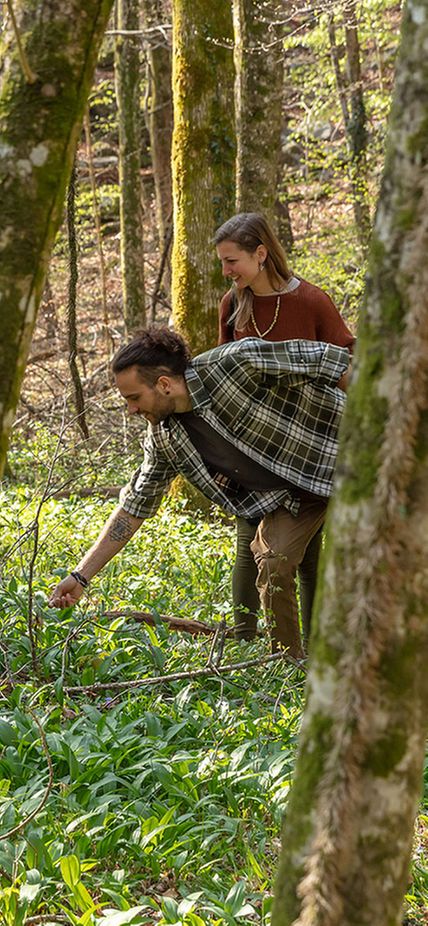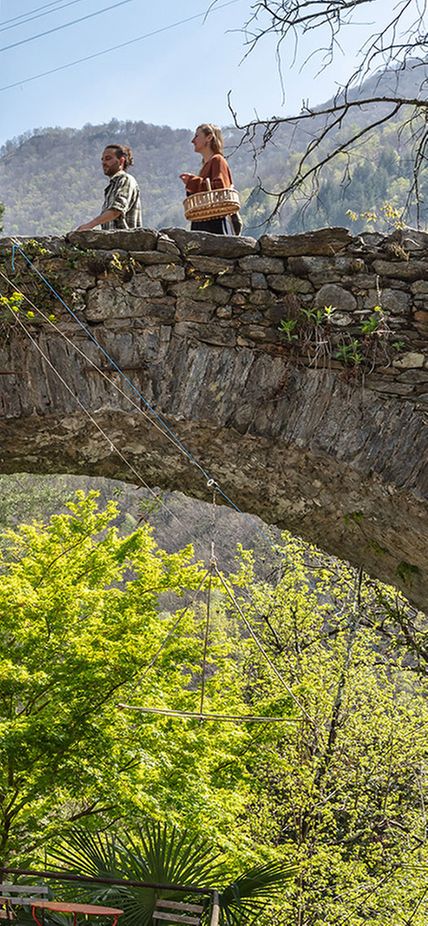Getting to know the region's wild plants
The wild valleys, the Mediterranean climate of the lake and the alpine landscapes all create unique conditions for wild plants and flowers to flourish. A paradise for nature lovers and foragers. Milo Bissegger grew up in the Centovalli area and has botany in his blood. A nature lover and a keen forager of edible wild plants and flowers, he has managed to turn his passion into a career. Among his many activities, he offers courses on native plants and designs natural gardens. Meret Bissegger, the well-known wild plant expert and chef, is his aunt. It was thanks to her that Milo discovered his passion for the plant world.


